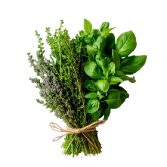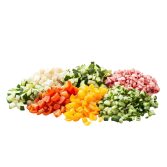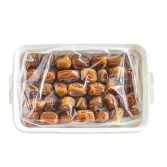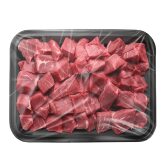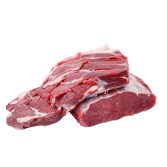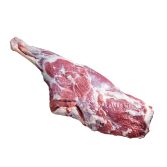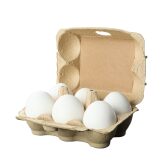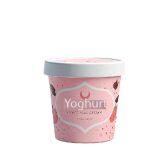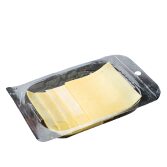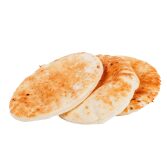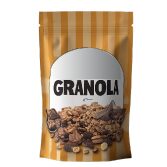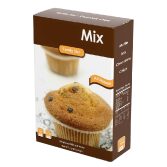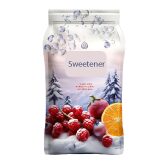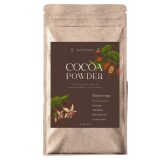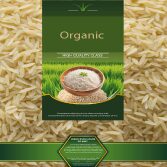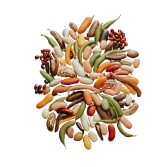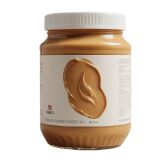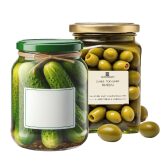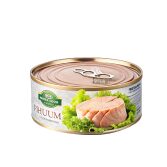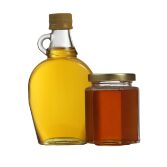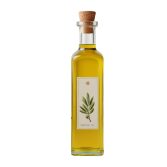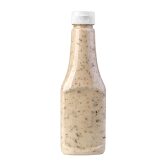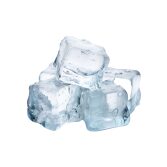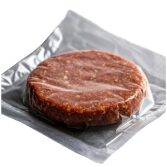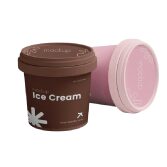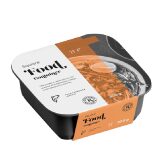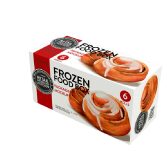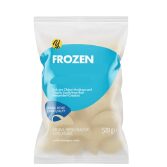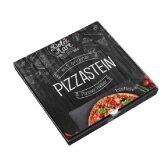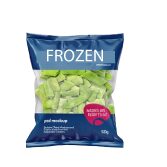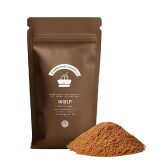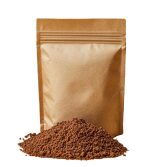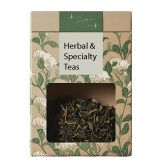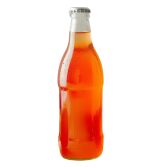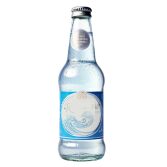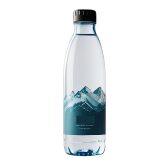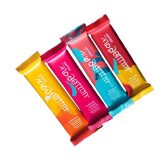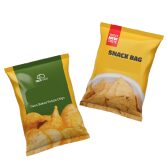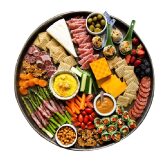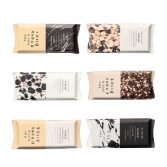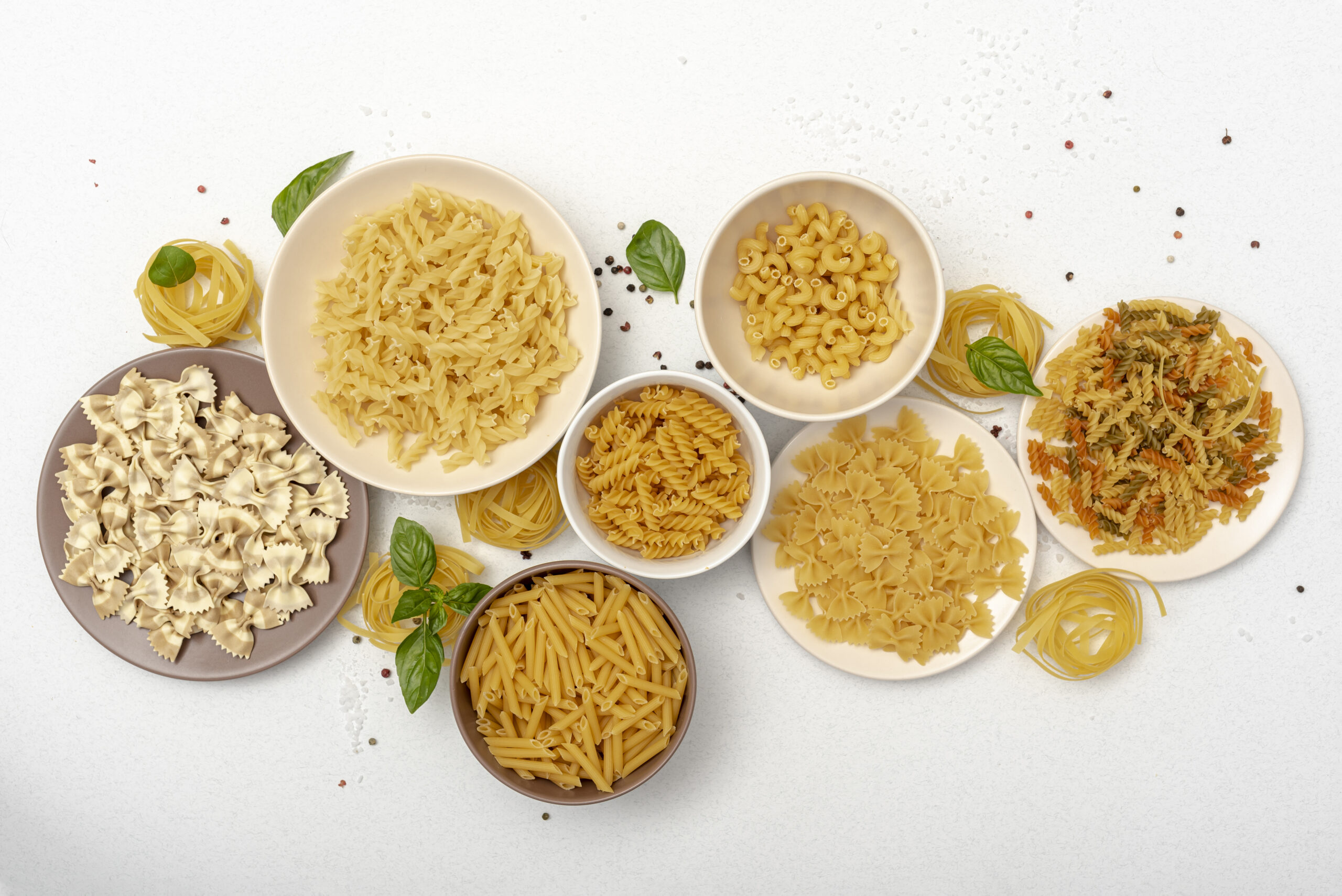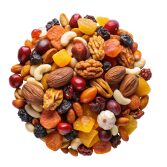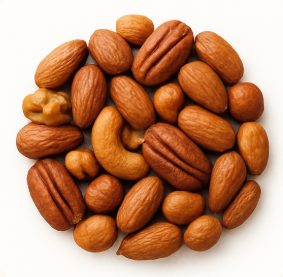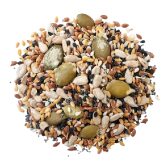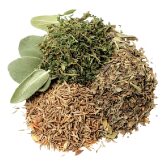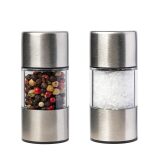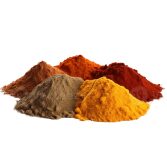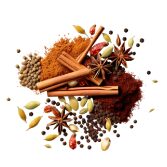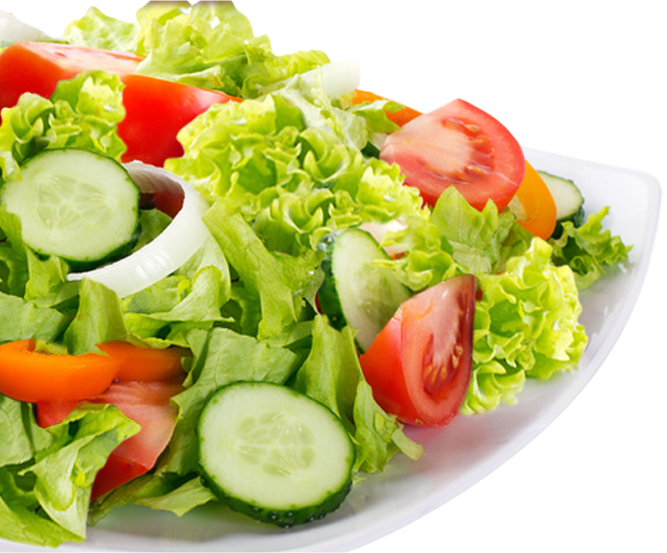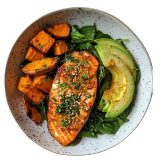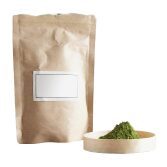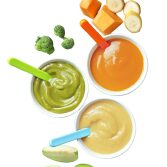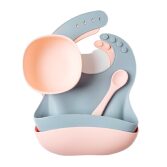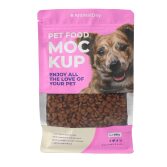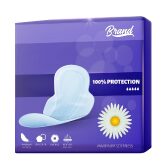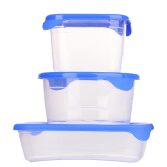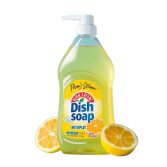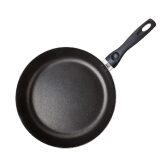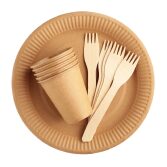Flexitarian Diet
Getting Started with a Flexitarian Diet
What is the Flexitarian Diet?
The flexitarian diet is a balanced, plant-forward approach to eating that emphasizes the benefits of vegetarianism while still allowing for occasional consumption of meat and other animal products. It prioritizes whole, minimally processed foods like fruits, vegetables, legumes, whole grains, nuts, and seeds while encouraging a reduction in red meat and highly processed foods. This flexible approach has been associated with benefits such as improved heart health, better weight management, reduced risk of type 2 diabetes, and overall longevity.
Beyond its health advantages, the Flexitarian Diet is highly adaptable and practical for a wide range of lifestyles. It doesn’t require strict rules or complete elimination of any food group but instead promotes mindful eating and gradual shifts toward more plant-based choices. Whether your goal is to eat healthier, reduce environmental impact, or simply incorporate more plant-based meals into your routine, the Flexitarian Diet provides a sustainable and enjoyable way to nourish your body while maintaining flexibility in your food choices.
Understanding the Flexitarian Diet for You
The flexitarian diet helps you focus on whole, nutrient-dense foods while encouraging you to shift toward more plant-based eating. You’ll emphasize vegetables, fruits, whole grains, legumes, nuts, and seeds while still allowing yourself to enjoy meat, poultry, and fish occasionally. Dairy can be included in moderation, and you’ll aim to limit processed foods, added sugars, and excessive saturated fats. By making more plant-forward choices, you can create a balanced diet that provides essential nutrients and supports your overall health.
The Flexitarian Diet harnesses the power of plant-based foods to give you key nutrients like fiber, antioxidants, and heart-healthy fats—beneficial for digestion, inflammation, and cardiovascular health. You’ll get essential minerals such as potassium and magnesium from plant foods, promoting optimal body function. By incorporating more plant-based meals while still allowing for flexibility, you can nourish your body in a sustainable way without feeling restricted.
The Flexitarian Diet isn’t about strict rules. It’s a flexible framework you can adapt to your lifestyle, cultural food traditions, and dietary needs. You don’t have to eliminate animal products entirely, making it easier to enjoy the benefits of plant-based eating without feeling deprived. Many people who follow this approach find that it helps them improve their health, manage their weight, and enhance their well-being—all while still giving them the freedom to enjoy a variety of foods.
Styles of Flexitarian Diets
There aren’t officially categorized “types” of Flexitarian Diets, but people often adapt the approach based on their personal preferences and health goals. Here are some variations of how the Flexitarian Diet can be followed:
- Casual Flexitarian: You primarily eat plant-based meals but occasionally include meat, poultry, or fish, especially in social settings or when the craving arises.
- Balanced Flexitarian: You follow a structured approach where most of your meals are plant-based, but you incorporate animal proteins a few times a week in moderate portions.
- Mostly Vegetarian Flexitarian: You eat primarily vegetarian meals and only include meat or fish on rare occasions, such as once a week or for special events.
- Pescatarian-leaning Flexitarian: Your diet is mostly plant-based, but when you do eat animal protein, you prioritize fish and seafood while minimizing red meat and poultry.
- Mediterranean-Inspired Flexitarian: You combine the principles of the Flexitarian Diet with the Mediterranean Diet, emphasizing healthy fats like olive oil, seafood, whole grains, nuts, and lots of vegetables, while keeping red meat and processed foods to a minimum.
- Eco-Conscious Flexitarian: You focus on sustainable eating habits by reducing meat consumption primarily for environmental reasons, choosing locally sourced, organic, or ethically raised animal products when you do eat them.
Since the Flexitarian Diet is all about flexibility, these variations allow you to tailor it to your lifestyle and values while still reaping the benefits of a more plant-forward way of eating.
Potential Health Benefits of the Flexitarian Diet
Flexi has been associated with various health benefits. Here’s a summary of the research findings related to specific health outcomes:
holesterol and Heart Disease: Research indicates that individuals following a flexitarian diet tend to have lower levels of total cholesterol and low-density lipoprotein (LDL) cholesterol compared to those who consume meat regularly. These lipid profiles are associated with a reduced risk of heart disease 1✓.
Type 2 Diabetes: A review of 25 studies found that semi-vegetarian diets, which include the flexitarian approach, may be effective in reducing the risk of type 2 diabetes. The emphasis on plant-based foods contributes to improved insulin sensitivity and better blood sugar control 2✓.
Weight Loss and Metabolic Health: The same review observed that flexitarian diets could aid in weight loss and improve markers of metabolic health. Individuals adhering to these diets often have lower body mass indexes (BMIs) and consume fewer calories, which supports weight management and reduces the risk of metabolic syndrome 2✓.
High Blood Pressure: Flexitarian eating patterns have been associated with lower blood pressure. The high intake of fruits, vegetables, and whole grains—rich in potassium and magnesium—plays a role in blood pressure regulation 2✓.
Selected Cancers: While direct research on the flexitarian diet and cancer risk is limited, plant-based diets, in general, have been linked to a reduced risk of certain cancers. The abundance of antioxidants and fiber in plant foods contributes to this protective effect (3✓, 4✓).
Gastrointestinal Health and Inflammatory Bowel Disease (IBD): The high fiber content in a flexitarian diet supports healthy digestion and may reduce the risk of gastrointestinal disorders. Some evidence suggests that semi-vegetarian diets could be beneficial in managing inflammatory bowel diseases, such as Crohn’s disease 2✓.
Foods To Include
Focus on primarily plant-based foods such as fruits, vegetables, legumes, whole grains, and nuts, with occasional inclusion of meat, poultry, fish, and dairy. Minimize the intake of highly processed foods, excessive sugar, refined grains, and unhealthy fats, while limiting meat consumption to occasional servings.
Foods to eat regularly include:
- Beans & Lentils: soybeans, tofu, tempeh, legumes, lentils
- Non-starchy vegetables: asparagus, bitter gourd, broccoli Brussels sprouts, cabbages, capsicum, carrots, cauliflower, celery, cucumber, eggplant, fennel, green beans, horse radish, koosa, leafy greens, mushrooms, okra, onions, radish, tomatoes, turai ridge gourd, turnip, yellow zucchini
- Starchy vegetables: beets, corn, peas, potato, sweet potato, winter squashes
- Fruits: apples, apricots, avocado, bananas, berries, cherries, clementines, dates, dragon fruit, figs, grapes, guava, kiwi, lemon, lime, mango, melons, oranges, papaya, passion fruit, pear, pineapple, pomegranate, pomelo
- Whole grains: barley, buckwheat, bulgur, couscous, farro, millet, oats, quinoa, rice, rye, spelt, sorghum, teff, wheat
- Nuts & seeds: almonds, cashews, chia seeds, coconut, flaxseed, hazelnuts, macadamia, olives, pistachios, peanut butter, peanuts, pumpkin seeds, sesame seeds, sunflower seeds, tahini, walnuts
- Plant-based milk alternatives: unsweetened almond, cashew, coconut, hemp, oat, and soy milk
- Herbs, spices and seasonings: anise, basil, bay, caraway, cardamom, cloves, cinnamon, coriander, cumin, dill, fennel, garlic, ginger, oregano, lemon verbena, lime leaves, mint, nutmeg, paprika, parsley, peppers, rosemary, sage, tarragon, thyme, turmeric
- Condiments: apple cider vinegar, coconut aminos, ketchup, mustard, nutritional yeast, oyster sauce, salsa, soy sauce, vinegar
- Beverages: coffee, coffee alternatives, herbal tea, kombucha, still and sparkling water, tea, unsweetened juices
When incorporating animal products, choose the following when possible:
- Eggs: organic and free-range or pasture-raised
- Poultry: organic, free-range, or pasture-raised
- Fish: wild-caught
- Meat: grass-fed or pasture-raised
- Dairy: organic from grass-fed or pastured animals

Foods To Avoid on Flexi
While there are not specific forbidden foods on Flexi, there are some unhealthy versions of foods to steer clear of.
- Highly processed foods
- Refined sugar itself or as an ingredient
- Refined grains
- Unhealthy fats: hydrogenated oils, canola oil, corn oil, grapeseed oil, peanut oil, rice bran oil, sunflower oil, safflower oil, refined palm oil, soybean oil, vegetable oil
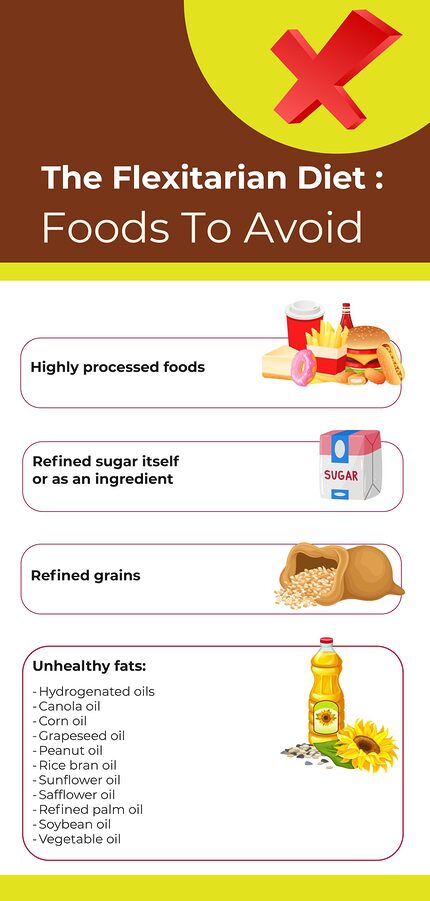
Supplements and Flexi
Since the flexitarian diet is an extremely varied diet providing a wide array of nutrients, there should be no need for supplementation due to the diet. Likewise, there is no specific supplement to avoid due to the diet.
Supplementation of certain nutrients may be necessary to seek or avoid in relation to your specific health issues.
Getting Started
The flexitarian diet is a versatile and enjoyable way to incorporate more plant-based foods into your meals while still allowing for occasional meat and animal products. It’s easy as 1, 2, 3 and can lead to a healthier lifestyle.
Keep Your Food List Handy
Keep your flexitarian food list visible in your kitchen and carry a copy with you. This can be especially helpful when attending events, traveling, or visiting friends and family. Having the list handy enables you to make informed choices and helps you stick to your healthy diet. You’ll often find plenty of flexitarian-friendly options wherever you go; you just need to know what to look for.
Go Food Shopping
Make space in your pantry for flexitarian-friendly foods. Store processed, unhealthy foods on a separate shelf to help you stay focused. If you live with others who don’t follow a flexitarian diet, discuss your plan with them to make room for everyone and their diets at the table.
Consider any favorite foods that don’t fit within a flexitarian framework and plan what you can replace them with. For example, if you rely on coffee and a sugary pastry in the morning, try eating a light plant-based breakfast. Discovering new, delicious, and healthy alternatives can be a fun part of the process.
Create a shopping list based on flexitarian principles and visit a store that offers a variety of plant-based and balanced food options. Stock up on ingredients for your pantry, refrigerator, and freezer, focusing on fresh produce, whole grains, proteins (like legumes, nuts, seeds, fish, and clean meats), and dairy or dairy alternatives. Look for flexitarian to simplify your shopping and meal prep and to help you expand your horizons.
Plan Your Meals
Planning a flexitarian meal is like planning any other meal. Once you’ve gathered your ingredients, you can get creative. If you’re used to dining out frequently and need to shift to cooking at home more, consider picking up a flexitarian cookbook for inspiration.
If your weekdays are busy or you don’t enjoy cooking often, meal prep over the weekend can be a great strategy. Prepare a large batch of legumes and make a big salad. Chop vegetables and store them raw in the refrigerator or roast them ahead of time. These simple steps can make your week much easier.

Common Mistakes with the Flexitarian Diet
The flexi diet is flexible! So, there aren’t many mistakes you could make. There are a few imbalancing tendencies to be aware of, however.
- Eating too much processed vegetarian food, neglecting whole, nutritious options: This is a whole foods diet. Though it’s largely plant-based, that doesn’t mean it would be a great idea to go for lots of packaged plant-based foods. If you stick with whole foods most of the time, you will be greatly successful.
- Overlooking protein sources, relying too heavily on carbs: Proteins should be the anchor of each meal and snack. These are nuts, seeds, legumes, soy foods, lentils, fish, poultry, and meats. If you start there and build your meal around those, you won’t go wrong
- Treating meatless days as an excuse for excess calories, undermining your dietary goals: If you find yourself overeating when you have meals with meat in them, it may mean you’re not getting enough fat on your plant-based days. Boost up your fat by adding avocado to your dishes. You might bring the olive oil bottle to the table and drizzle it on your food. Try adding a handful of nuts or seeds to any dish. Add fat to sauces by using coconut milk as the base. This will give you more balanced satiety.
Possible Side Effects
While Flexi is generally considered safe and healthy for most people, it’s possible to have side effects during the initial transition. These side effects typically subside as your body adjusts.
Increased gas and bloating, as the high fiber content of plant-based foods can sometimes be difficult to digest. Gradually increasing plant-based foods can help alleviate these symptoms.
Weight fluctuations or difficulty maintaining a healthy weight can be an issue for some. This can be managed by monitoring portion sizes, choosing nutrient-dense foods, and incorporating regular exercise into the lifestyle.
Overall, being mindful of these possible side effects and making informed dietary choices can help ensure a successful and well-balanced flexitarian journey.
Who Should Not Immediately Start a Flexitarian Diet
While flexi is generally considered a healthy approach for most people, there are certain individuals who might want to be cautious before jumping in. Here are some groups that may need to reconsider or consult a healthcare provider before starting a flexitarian diet:
- People with specific nutrient deficiencies: If you’re already dealing with nutrient deficiencies (like iron, B12, or omega-3s), transitioning to a flexitarian diet might require extra planning. While plant-based foods can be rich in many nutrients, some vitamins and minerals are more readily available from animal products. If you’re not careful, you could exacerbate deficiencies, so it might be wise to work with a nutritionist or knowledgeable doctor to ensure you’re getting everything you need.
- Individuals with certain medical conditions (e.g., kidney disease): For those with kidney disease, the consumption of plant-based proteins versus animal proteins needs to be carefully balanced, especially when it comes to phosphorus and potassium levels. Switching to a flexitarian diet might require careful planning to avoid an overload of these nutrients, which could be harmful.
- Pregnant or nursing women: While a flexitarian diet can be healthy, pregnant and breastfeeding women have increased nutritional needs, particularly for protein, iron, calcium, and omega-3 fatty acids. If you don’t plan your meals properly or don’t get enough of the key nutrients, you may put yourself and your baby at risk of deficiencies. It’s always a good idea to get guidance from a healthcare provider or dietitian.
- People with severe food allergies or intolerances: If you have severe allergies to certain plant-based foods (like legumes, soy, or gluten), or if you’re sensitive to certain grains, adopting a flexitarian diet could increase your exposure to those allergens. It might be harder to find safe alternatives, and making sure your diet remains balanced can take extra effort. If you visit a diet-specific health food supermarket, you will have significant support to navigate this successfully.
- People with eating disorders or a complicated relationship with food: If you are recovering from an eating disorder or have a complicated relationship with food, switching to a flexitarian diet might complicate your progress. Restricting food groups or focusing too much on plant-based eating could trigger unhealthy thoughts or behaviors. In these cases, it’s better to focus on a balanced, sustainable approach rather than a rigid diet. That might still be “flexitarian”. It just might be better to let go keeping track of the specifics for yourself. A diet-specific specialty store will have flexitarian diet items labeled, and this might take the pressure off you and reduce the risk of you becoming obsessed about the details. Something to discuss with your mental health provider for sure.
- Anyone with very specific dietary needs or restrictions: If you have conditions like Crohn’s disease, celiac disease, or irritable bowel syndrome (IBS), a shift in diet (especially an increase in fiber-rich plant foods) might exacerbate symptoms. You will likely be better off considering the low-FODMAP diet (LINK) or the SIBO Diet (LINK).
In general, if you’re healthy and don’t have any of the above conditions, a flexitarian diet can be a flexible and balanced approach to eating. But as with any dietary change, it’s always best to follow your instincts and stay conscious of your body!
The Bottom Line
The flexitarian diet can be a great new beginning for almost anyone, especially if you’re looking to improve overall health, increase plant-based foods, or reduce your meat consumption without giving it up entirely. It’s important to assess whether this approach aligns with your personal health goals and preferences. If your health benefits from incorporating more plant-based meals and reducing processed meats, the flexitarian diet is worth considering.
Start by familiarizing yourself with the core principles of the flexitarian diet. Stock up on plant-based staples, try a few flexitarian-friendly recipes, and plan your meals in advance to make the transition smoother. Tracking your meals and how they make you feel can help you stay on track and adjust your approach as needed to ensure you’re meeting your health goals.
Healthy Flexitarian Essentials
Fruits & Veggies
Meat & Poultry
Fishery
Dairy & Alternatives
Bakery
Breakfast & Cereals
Coffee & Tea
Beverage
Nuts & Seeds
Pasta, Rice & Pulses
Cans & Jars
Frozen Food
Herbs & Spices
Home Baking
Ready-to-Eat
Snacks & Treats
Superfoods & Insights



